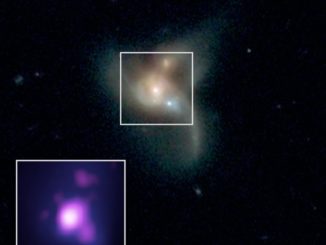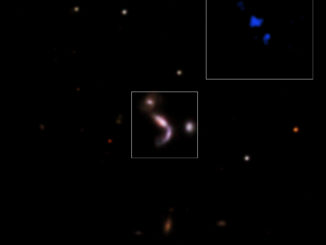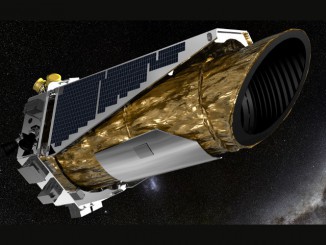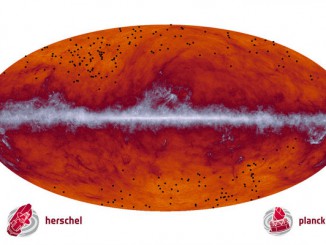
Large Binocular Telescope

News

News

News
NASA’s Kepler space telescope confirms 100+ exoplanets during its K2 mission
More than 100 confirmed exoplanets — the biggest haul of worlds uncovered by the stabilised and repurposed Kepler space telescope in its K2 mission — is reported by an international science team led by the University of Arizona. Excitingly, the new population includes many worlds that could be rocky and cool enough to potentially support life.

News

News
